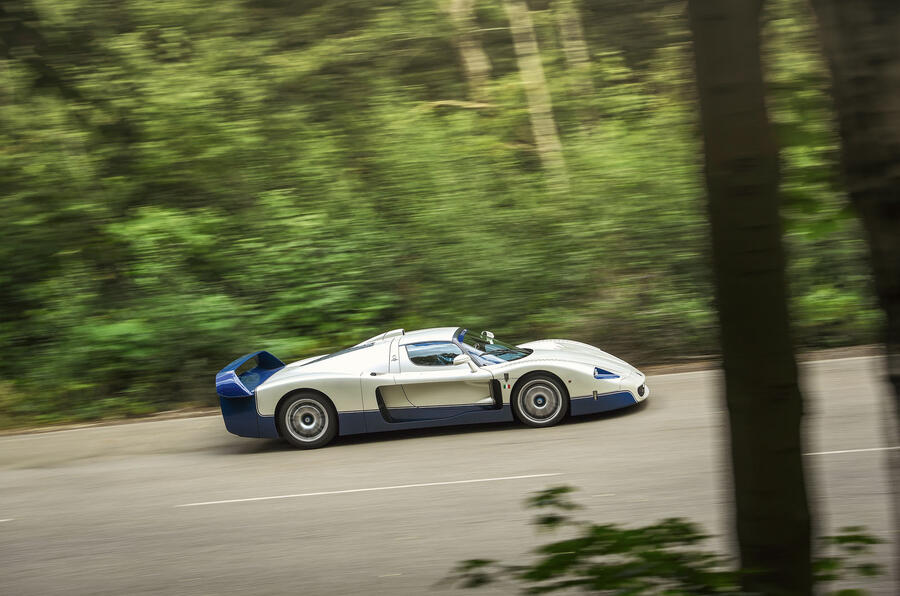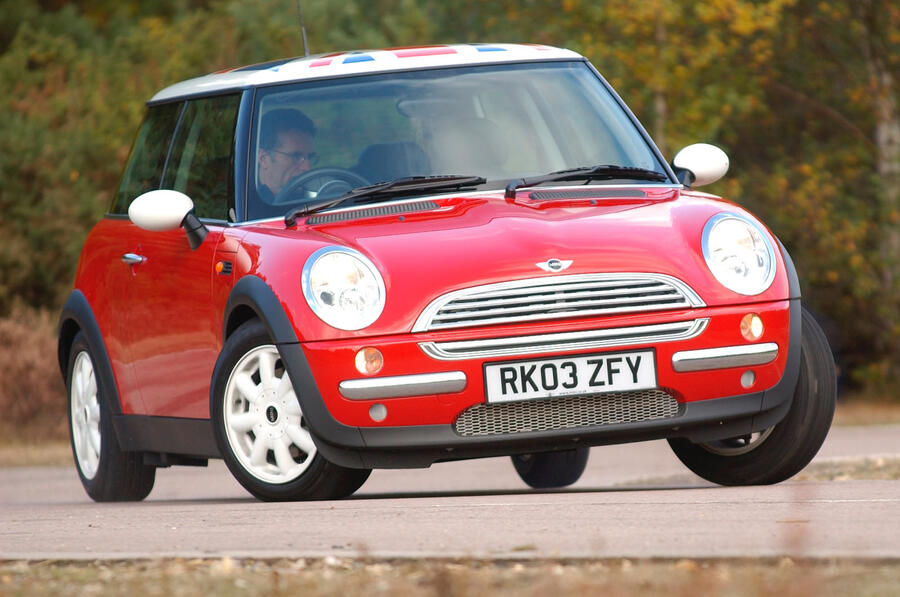“When I was 22, my father called me and told me this had to be my last year,” Stephenson recalls. “I was good at racing, he said – lots of thirds, fifths, sevenths, usually top 10 – but I wasn’t winning. By 30, I’d have plenty of broken bones and no future and I needed to move on. He’d back me in any kind of education, he said, but I needed to get on with it. I didn’t like it, but I knew he was right.
“I’d read about ArtCenter in California, where you could learn to design cars, and I’d never stopped sketching, which was lucky because you needed a portfolio. I applied and was accepted.” In 1983, Stephenson started with 30 others, chosen from hundreds of aspirants, but by graduation in 1986 was one of only six. But what a group! They comprised the future designer of the Porsche Boxster, ditto the first Chrysler Viper, ditto the Ferrari Enzo, ditto the first Ducati Monster (“it saved the company”) and the future head of Alfa Romeo Centro Stile.

Nowadays, Stephenson has trouble deciding which of his cars he loves best. The project he definitely enjoyed most was the Maserati MC12, because it was so short and creative, the car came out well, and proved almost unbeatable in racing.
But it’s the Mini stories from the late 1980s that are most fascinating. “When BMW bought Rover, it had to decide whether to carry the Mini on, or let it dissolve,” he explains. “The Germans wanted a new project, but they were very aware they were recreating a much-loved British icon, so they had to be very careful how they did it.

“Usually, a new car project comes out of a competition between two or three design teams, which is expensive enough. But this time they appointed 15 different designers, from the UK, US, Germany and Italy. We were all given a month to design the car, then five months to make a full-size model with a team of modellers. The teams weren’t allowed to communicate in any way. At the end, the different models were all displayed in what is now the British Motor Museum, Gaydon, with seven Rover and seven BMW executives on hand to make the decision.”